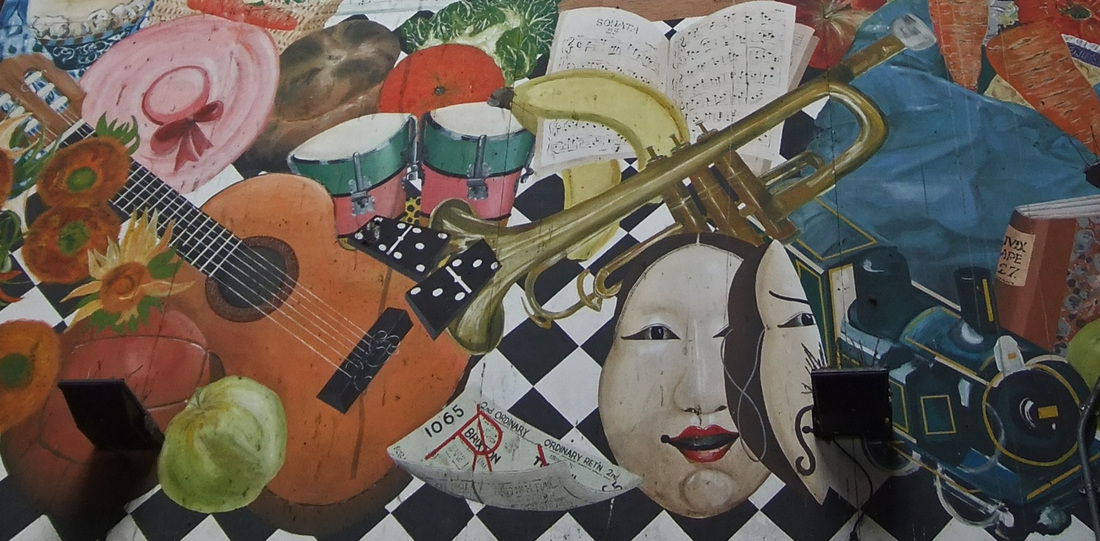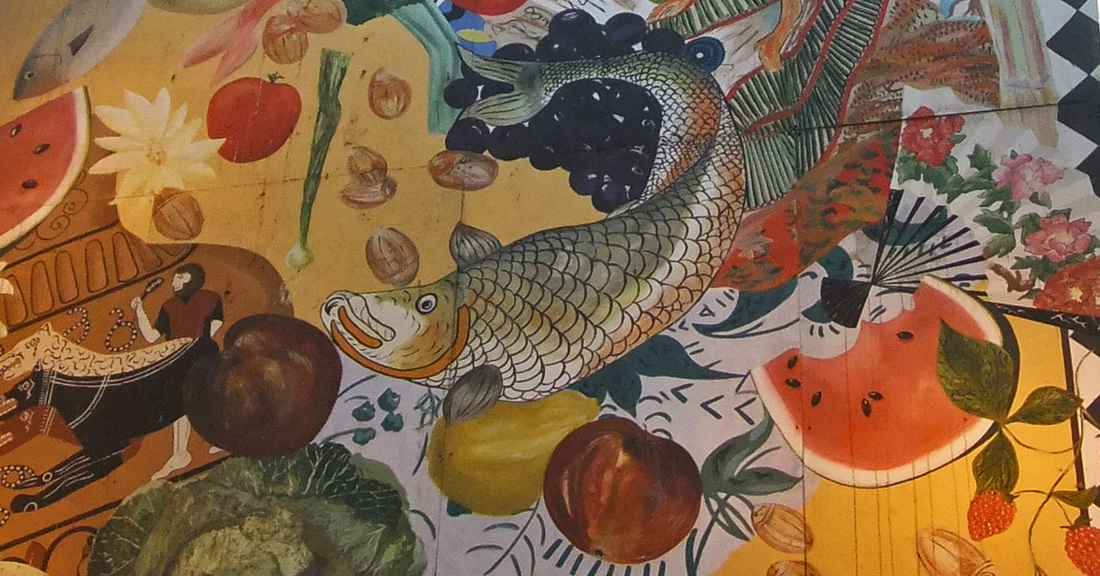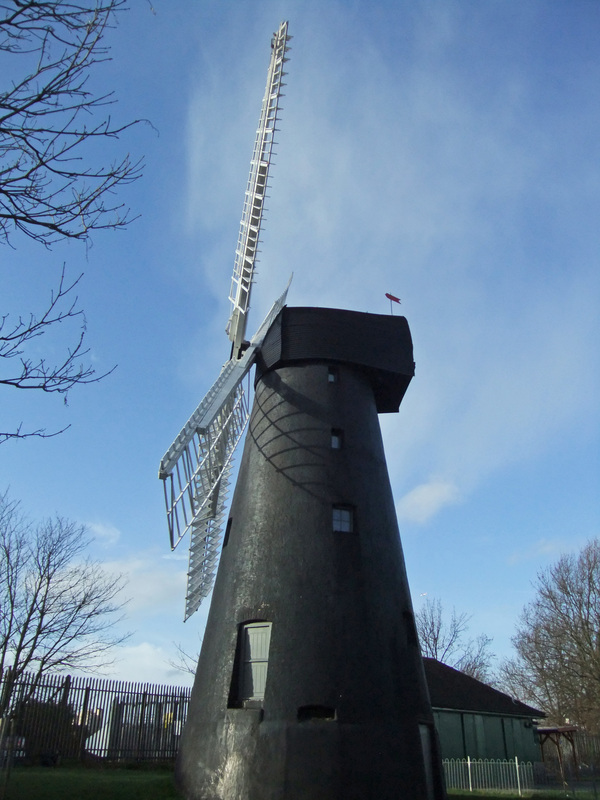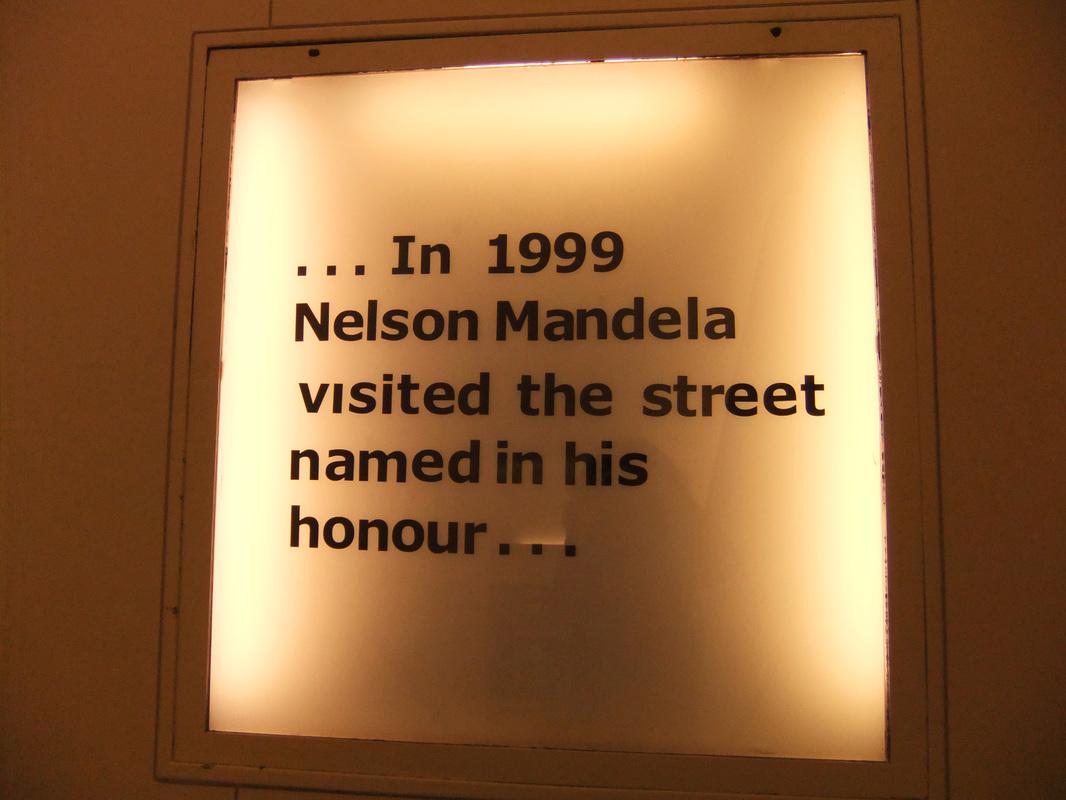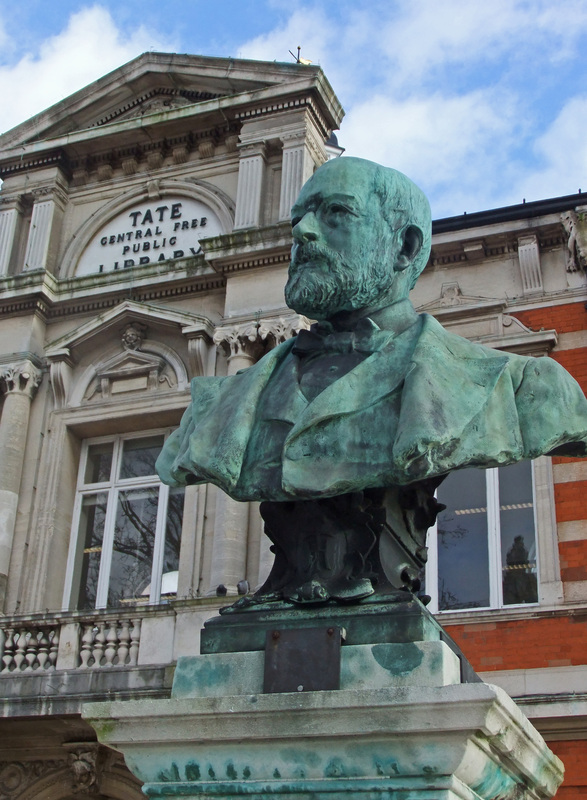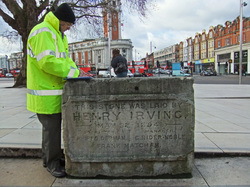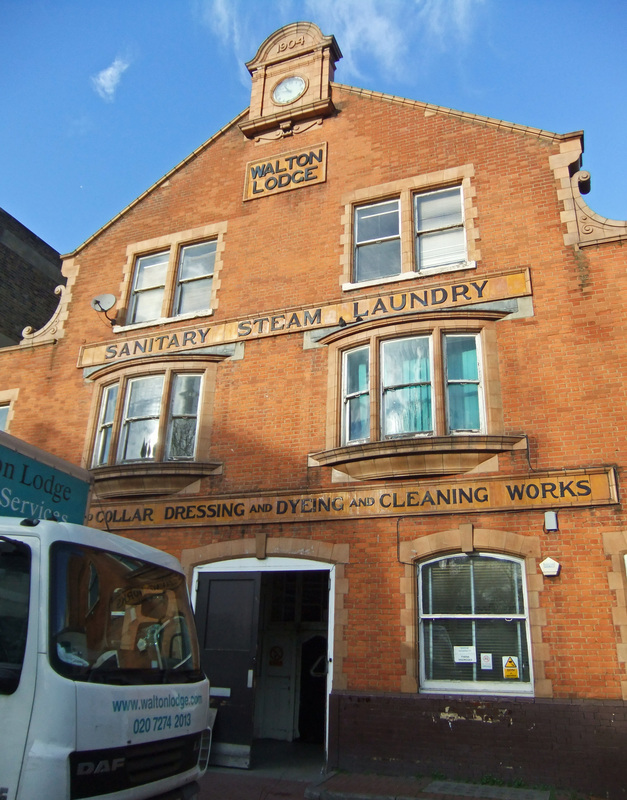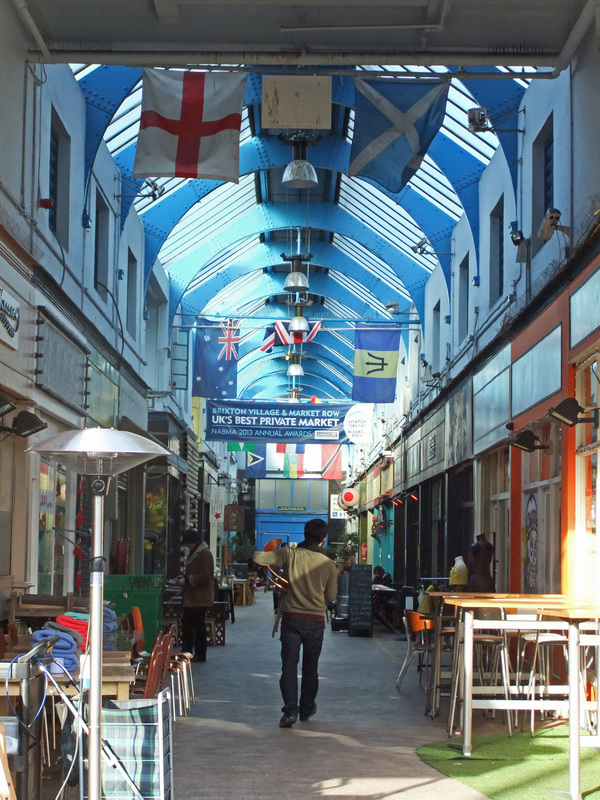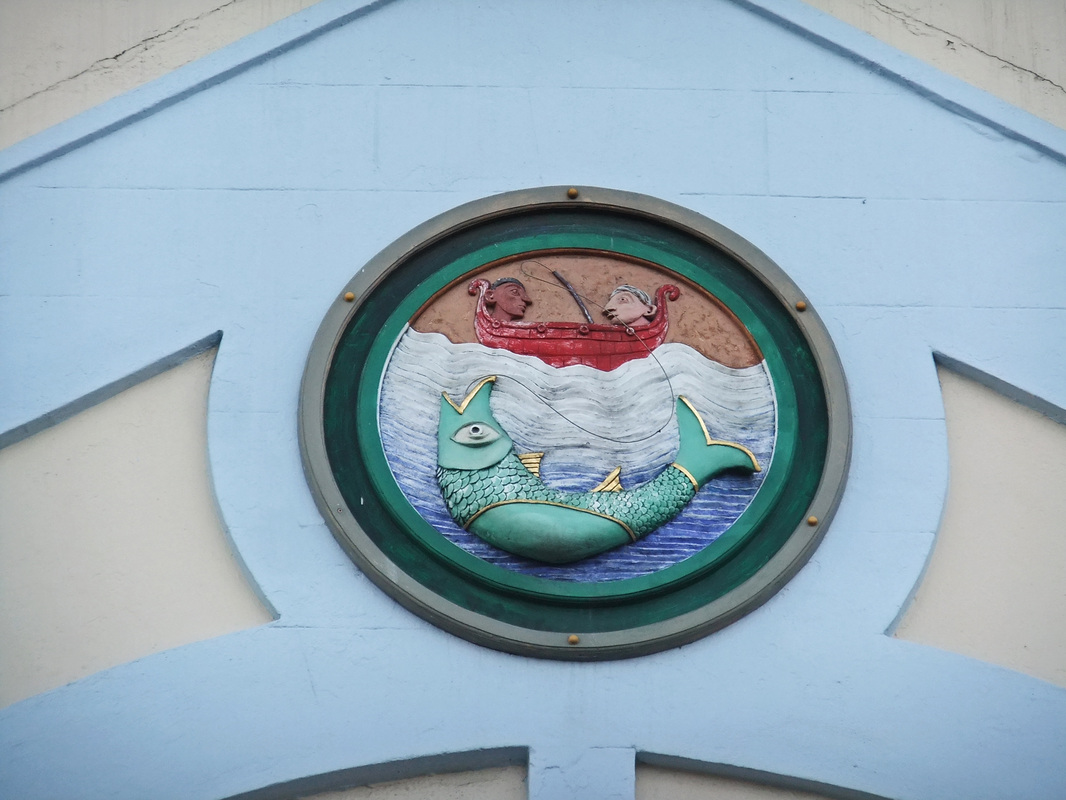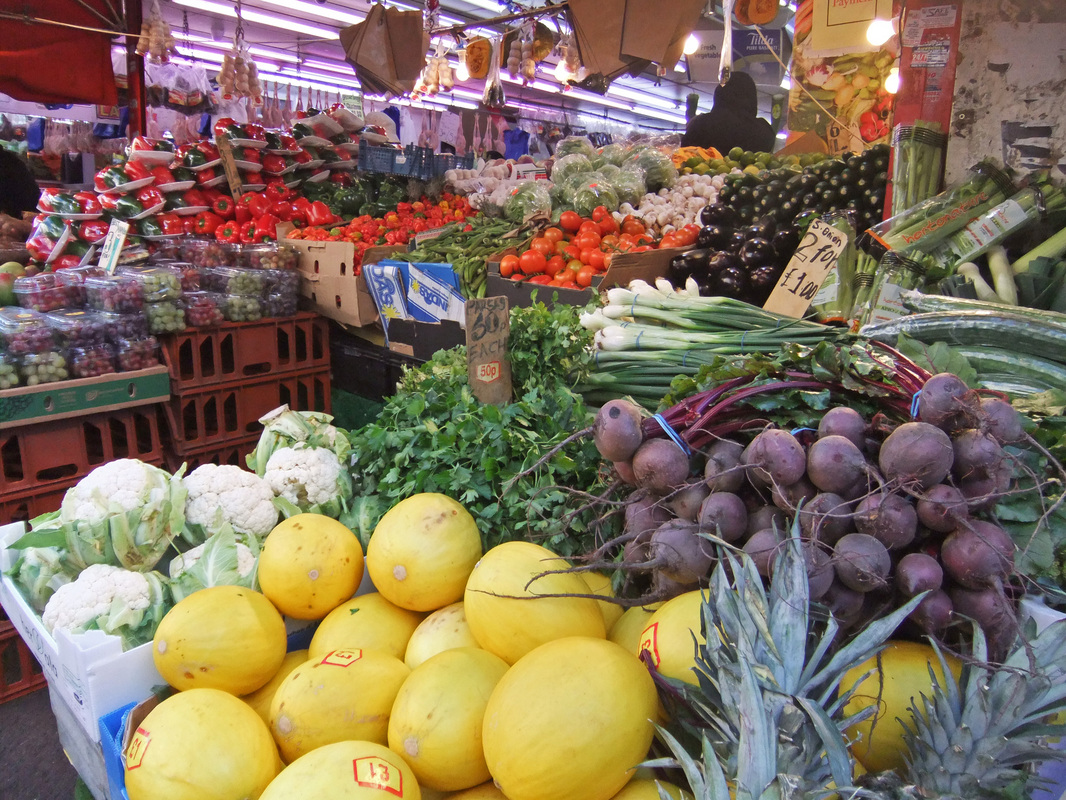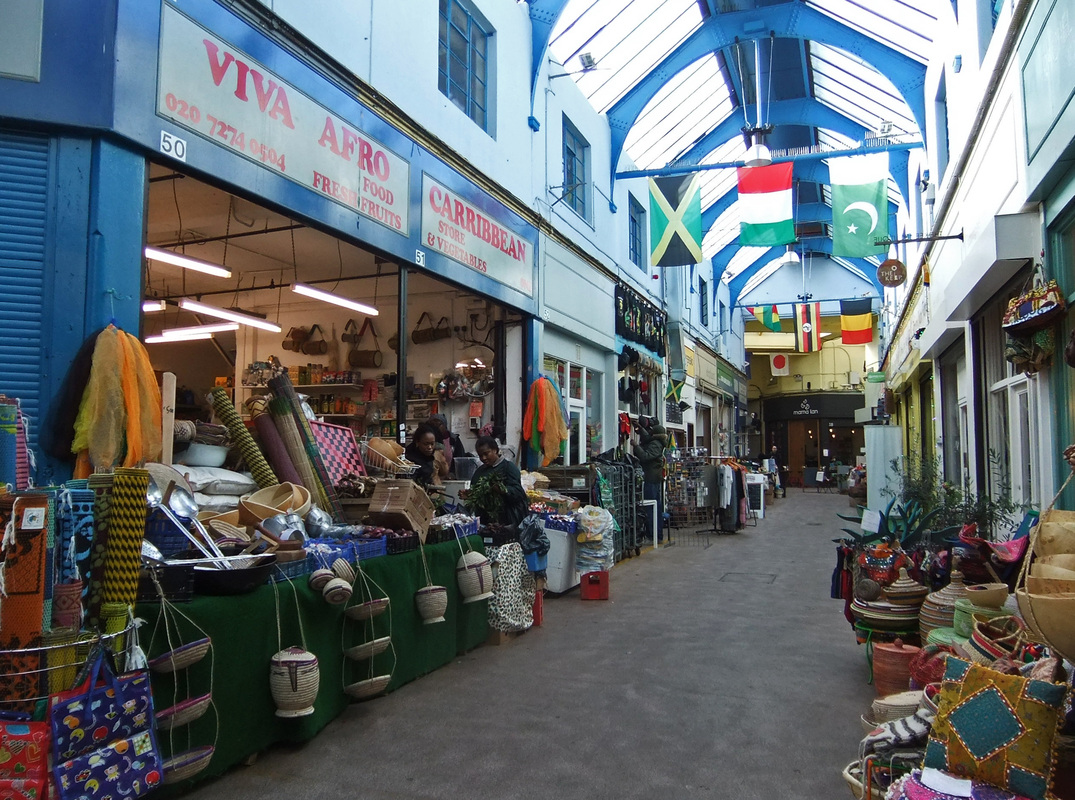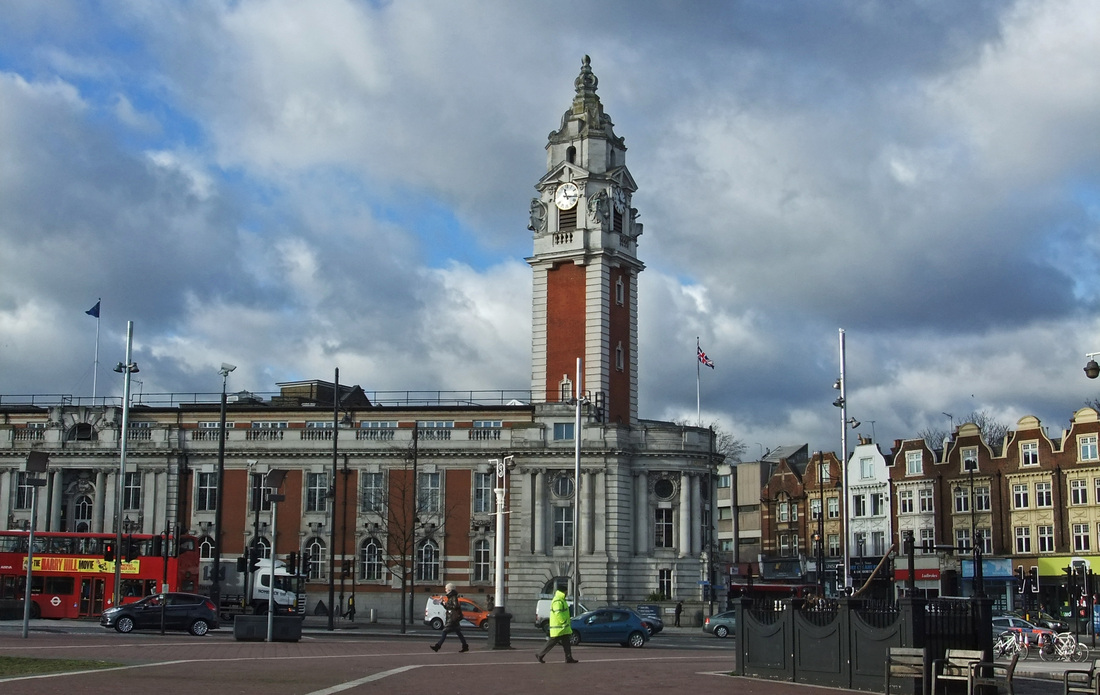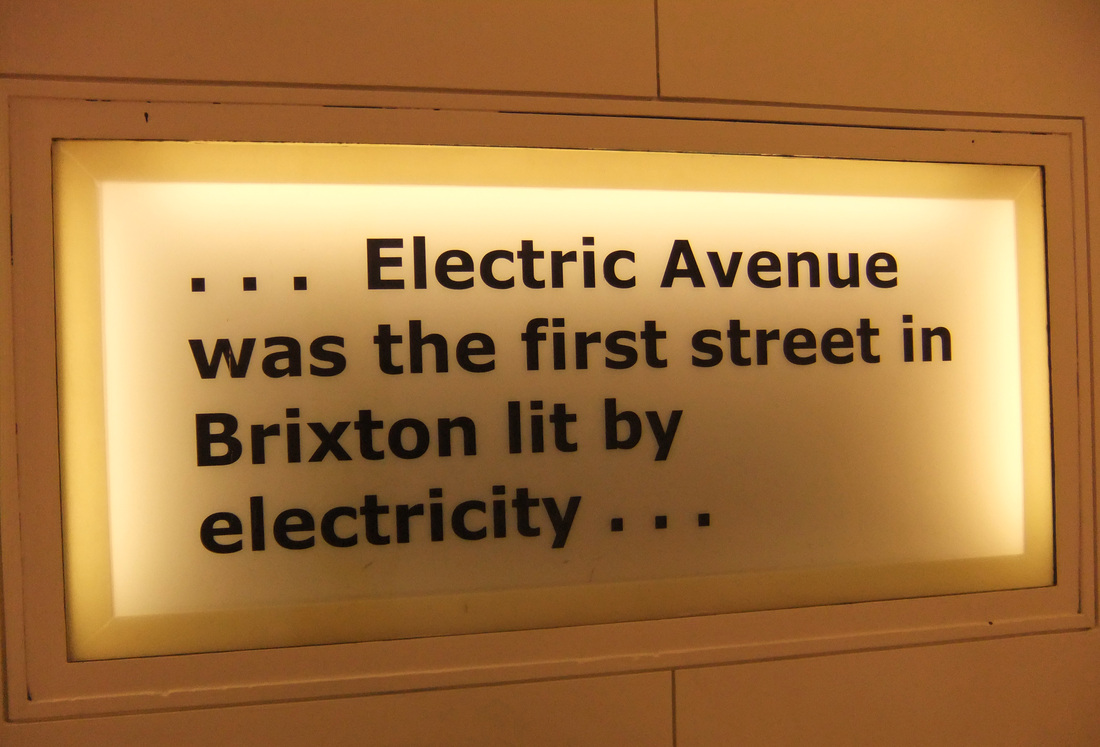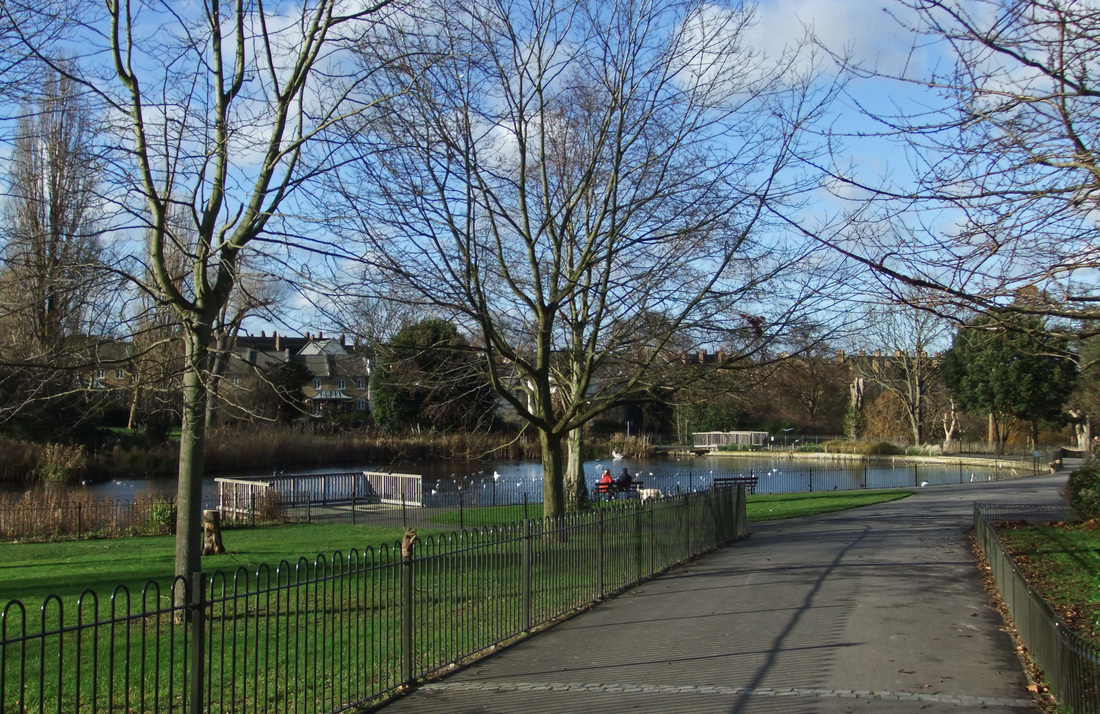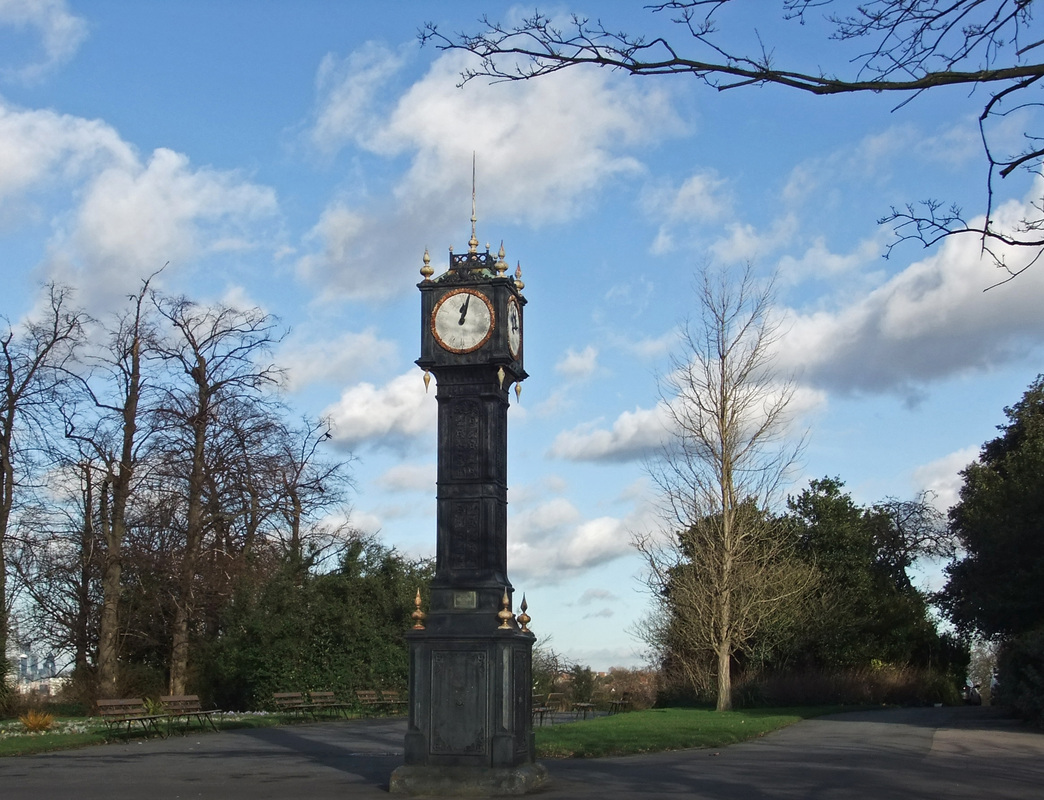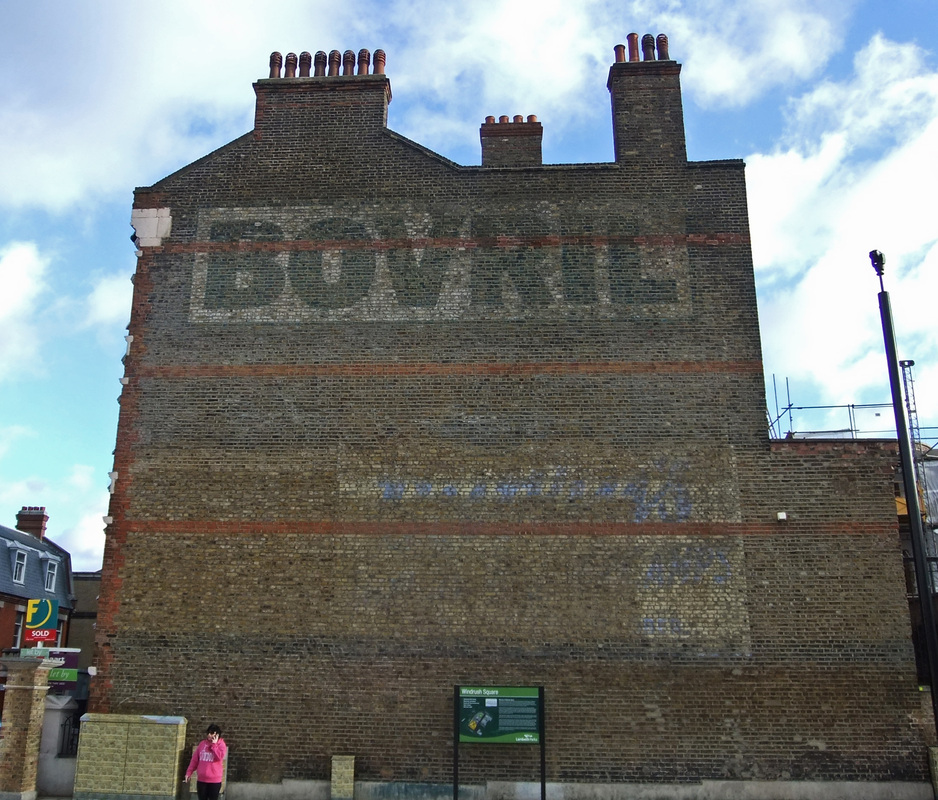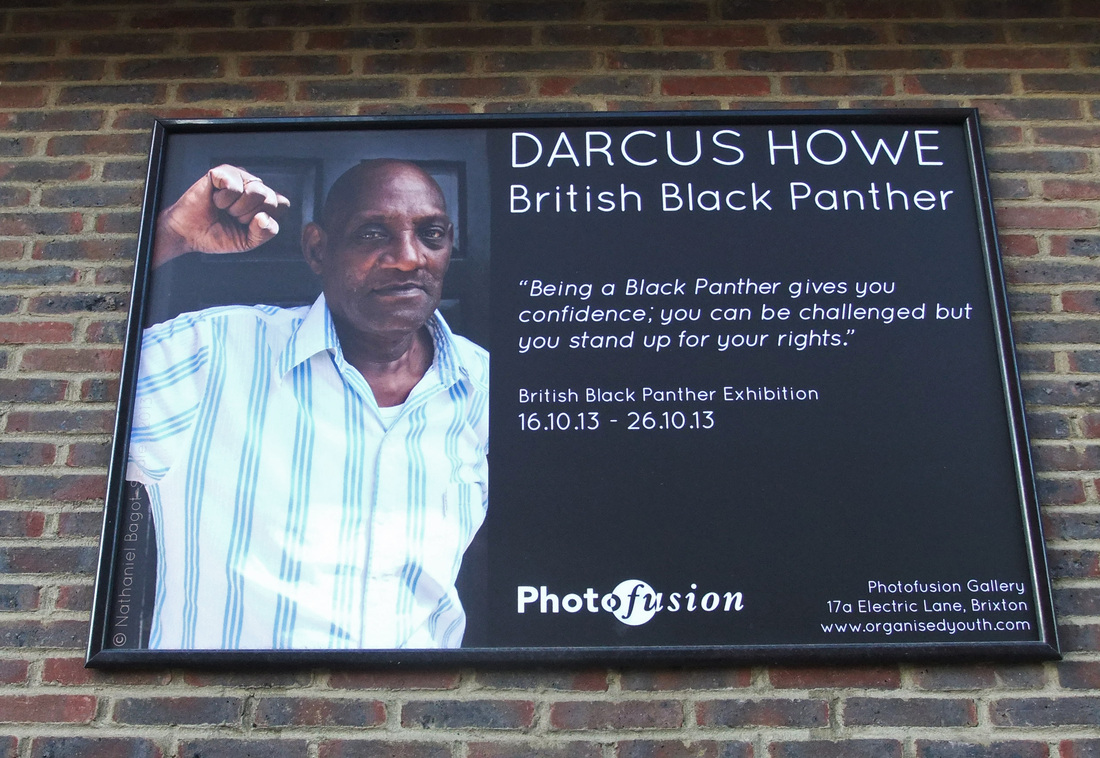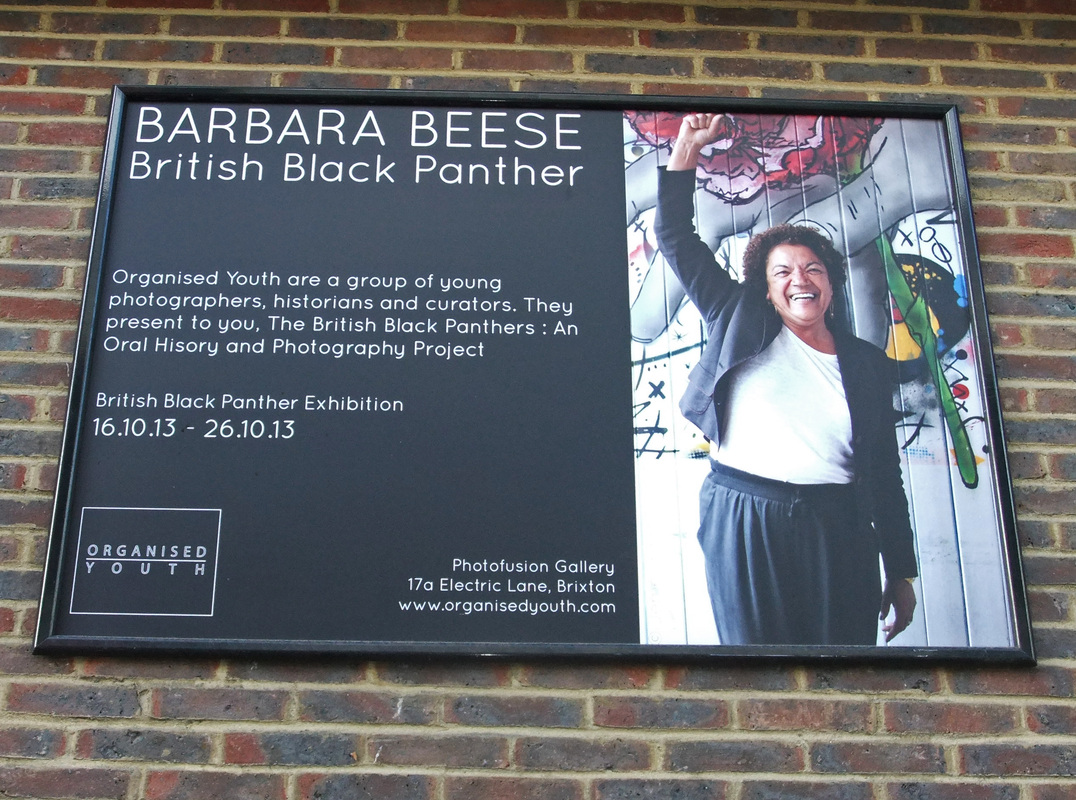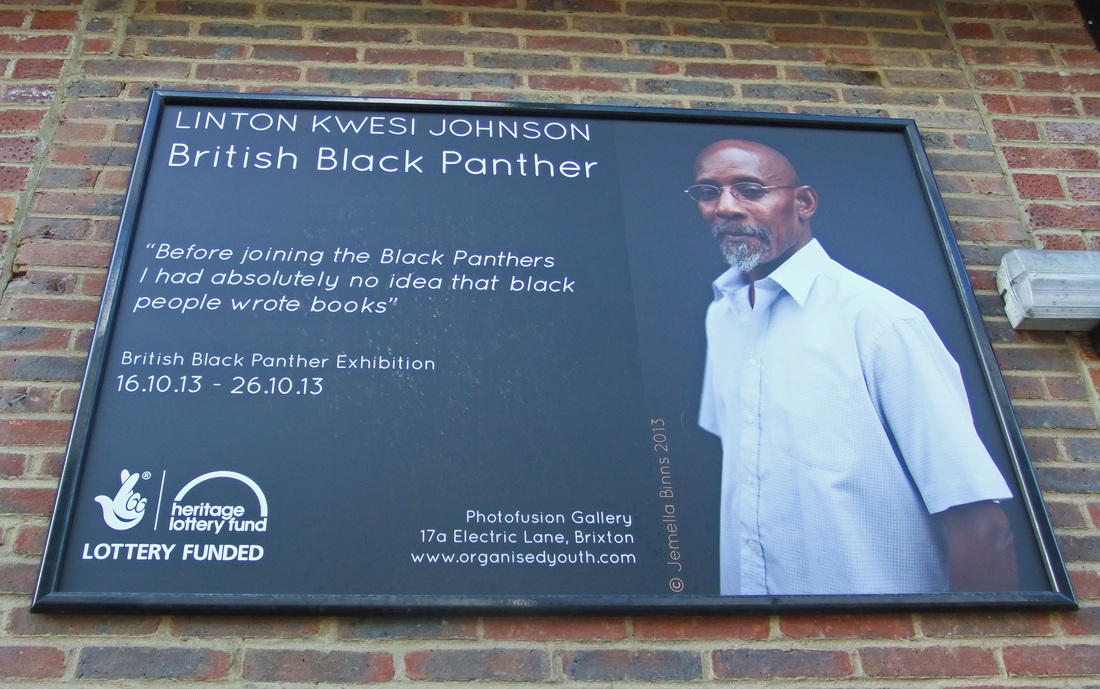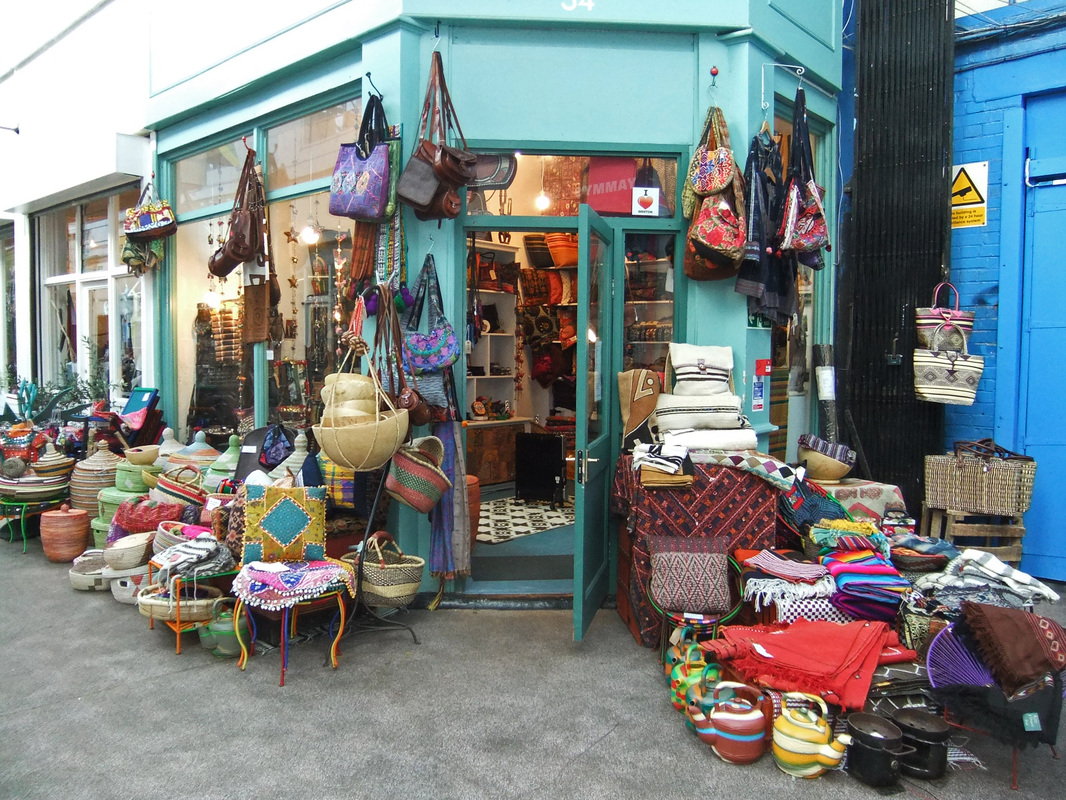|
Did you know?
Brixton has had a market since the 1870s. |
|
Brixton is a vibrant area in south west London. The area has been a hub for music for over a century - from Victorian music halls to Jamaican dance halls. Eric Clapton, Dire Straits, The Smiths, Madonna and Bob Dylan have all played live music in Brixton.
During the early 1920s, Brixton had nine cinemas, theatre, music halls and other entertainment. It was also the principle shopping area in south London in 1908. Bon Marché was a large department store which sold a wide variety of goods. It was the first purpose-built department store in the UK and opened in 1877. Brixton has a large African-Caribbean population. In 1948, The Empire Windrush sailed from Jamaica to England carrying 492 people who settled in south London. Today the lively street market reflects the different cultures that live in Brixton. |
We meet at Brixton Station (on the Victoria Line or train from Victoria Station) and end at Herne Hill Station.
|
On the walk we see:
|
|
Did you know?
The Tate Library was built by philanthropist, Sir Henry Tate, owner of Tate & Lyle sugar company. Tate & Lyle invented the sugar cube! |
|
Go over the new vocabulary at the end We finish at Herne Hill where we relax over a coffee while we go over the new vocabulary together. Ask your teacher and guide any questions. |
Herne Hill station is on the train line direct to Brixton and Victoria Station. |
History notes will be given to you at the end.
|
Did you know?
Between 1910 - 1915, Brixton had nine cinemas. Some were underneath the railway arches. |
After your walk, find the new vocabulary on the BLOG!
